
Photograph of Sumner School students, 1900. Source: Michael Rice/Zocalo Public Square
When the Parkersburg Colored School first opened on January 1, 1862, it was the first free school south of the Mason-Dixon Line, coming two years before West Virginia had a public school system at all. The school was established by seven Black men, in the South during the Civil War, to ensure that all children could have the education that wealthier families could afford to buy for their children.

The Parkersburg Colored School. Source: electricearl.com
The Sumner Seven, as the founders of the school became known, were Robert Thomas, Lafayette Wilson, William Sargent, Robert W. Simmons, Charles Hicks, William Smith, and Matthew Thomas. Living in a slave state, where educating Black people was illegal, the Sumner Seven and others involved in founding the school knew that opening the school would be dangerous for them, but they saw the importance of ensuring education in their community. At the time, though, the “education of Black Americans in the South remained largely a clandestine activity,” as Michael Rice notes.
Rice writes,
This pioneering institution, the first black school in the state set up with no outside assistance, served as a blueprint for similar schools in Clarksburg, Martinsburg, and Charleston. When desegregation began in the 1950s, students were academically prepared to assimilate into the public school curriculum.

Photograph by Don Morfe. Source: Historical Marker Database
The school name was later changed to Sumner High School in honor of Massachusetts congressman and abolitionist Charles Sumner. In 1955, as West Virginia reluctantly began to desegregate its public school system, the Sumner School closed for good. The gymnasium of the school still stands and is home to the Sumnerite African-American History Museum and Multipurpose Center.
The Sumner-7 Project writes,
For 93 years the school embodied a can-do spirit, showcasing the foresight and commitment to educating young minds despite numerous challenges. The dedication of its faculty, teachers, and students has taught us that education remains a vital catalyst for creating productive life choices, sustainable livelihoods, and generational wealth in knowledge.
Additional Resources
“When Teaching African-Americans to Read in the South Meant Risking 20 Lashes From a Bullwhip” by Michael Rice (Zocalo Public Square)
The Sumner 7: A History of Sumner High School Parkersburg W.V. by Michael Rice
See more photographs of the Sumner School at electricearl.com.

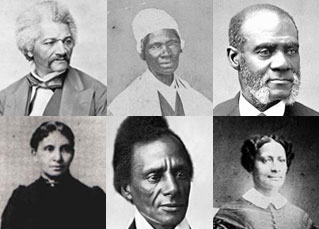
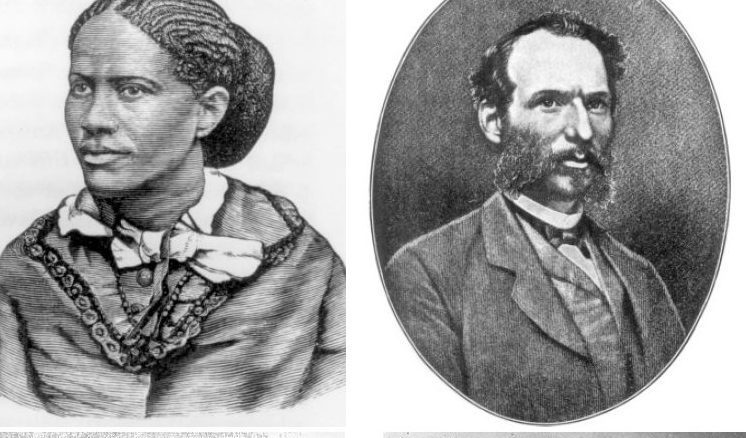
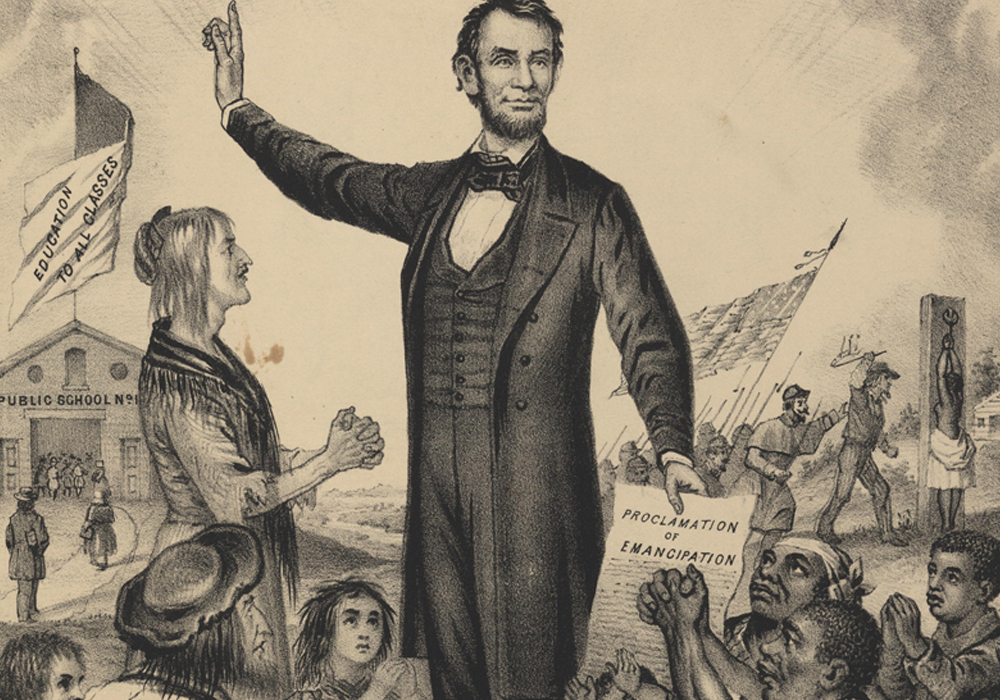
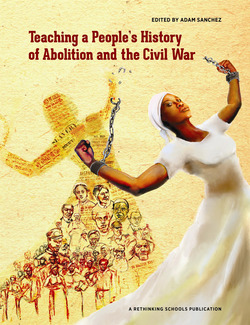
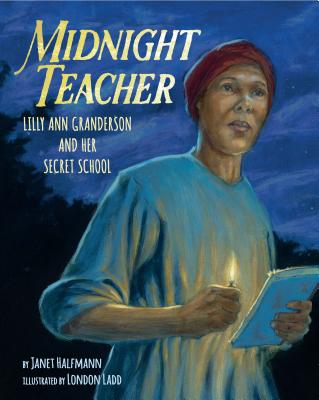

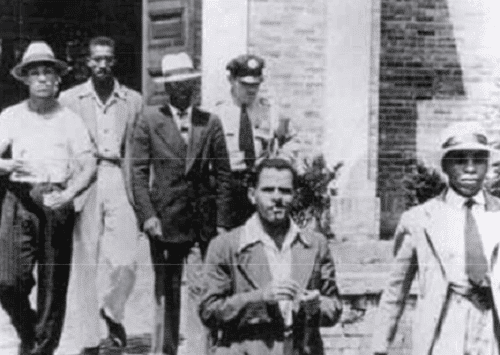

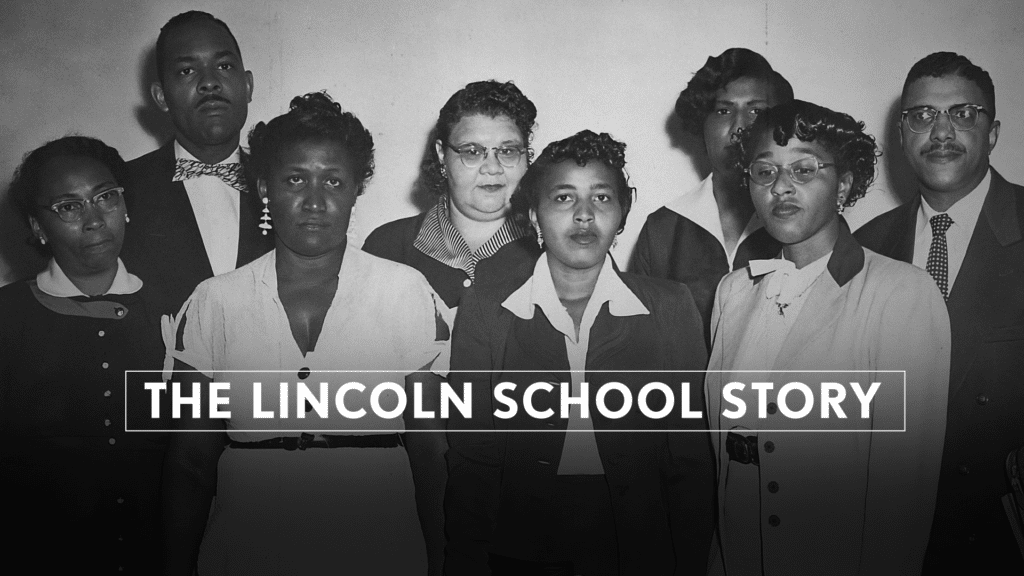
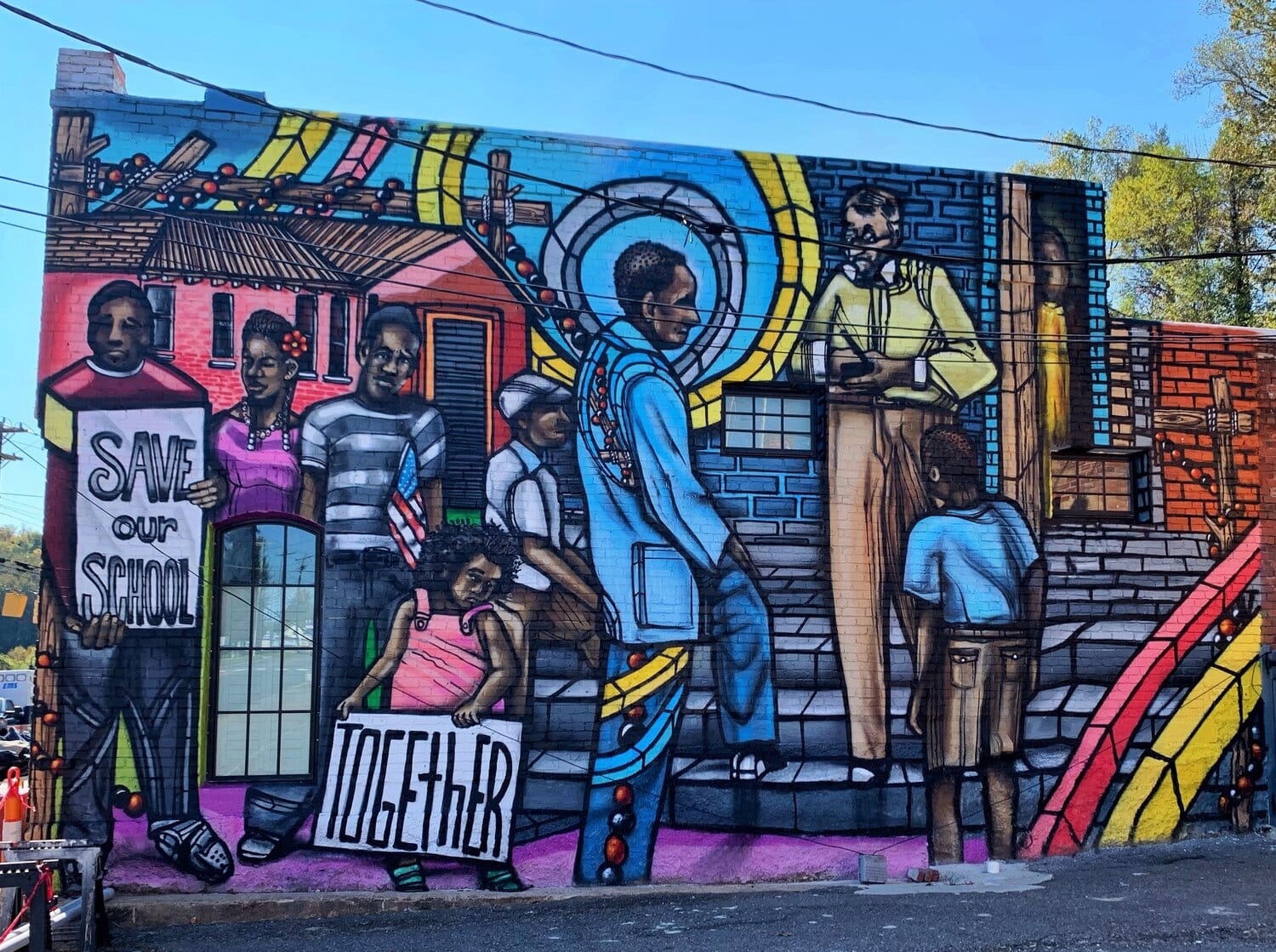





Twitter
Google plus
LinkedIn